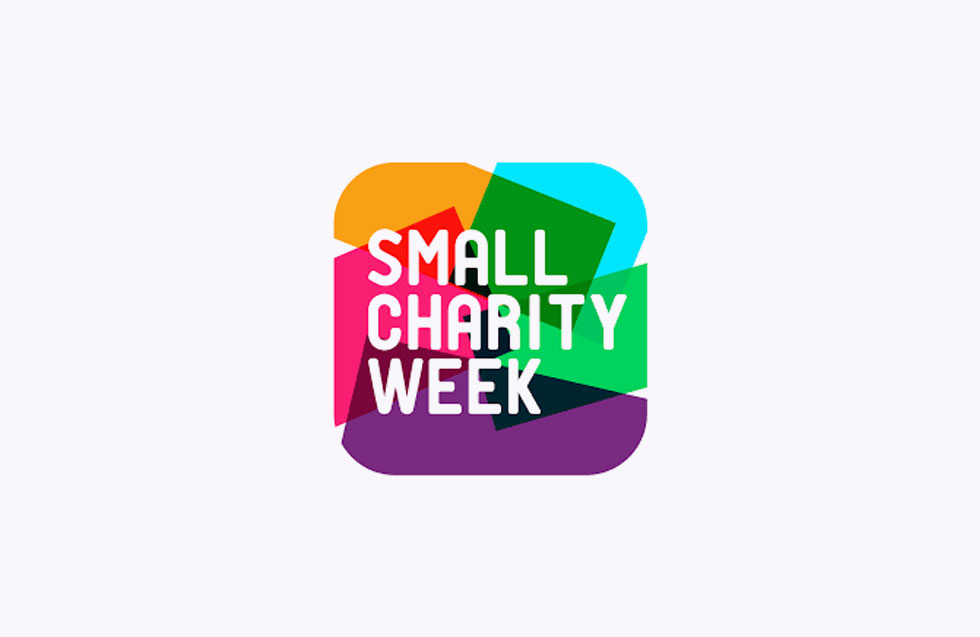Exploring Visually Impaired Tennis with Harriet Smith, our Visually Impaired Communications Assistant

With Wimbledon approaching (July 3rd – July 16th) I thought it would be interesting to look at blind tennis and how it differs from the way that sighted people play the sport.
How does blind tennis work?
Blind tennis is actually very similar to normal tennis, but with few adaptations. One of the main ways it is adapted is that the game is played on a smaller court, and a larger sponge ball with bells is used instead of a normal tennis ball. Also, the rackets are smaller and totally blind people are allowed three bounces of the ball, whereas partially sighted players are allowed two.
For totally blind players, the net in the court is lowered by about 7 cm, and tactile markings are drawn around the court to enable the person to navigate it as independently as possible. Visually impaired and sighted people can play tennis together, but sighted players wear blindfolds or masks in order to ensure a level playing field.
Background
Blind tennis began in Japan in 1984 and since then has gained global recognition and is played all across the UK. Both national and regional tournament competitions are held at various times throughout the year which are often very successful.
Why play blind tennis?
There are many benefits to giving blind tennis a go: it’s a fantastic way to socialize and meet other like-minded people as well as a great way to keep fit. It’s not compulsory to participate in tournaments if you don’t wish to, you can just play for fun. I am blind and haven’t played visually impaired tennis before, but I would be interested to.
Further information
If you would like to find out more about playing blind tennis and discover if there are any sessions in your local area, the Metro Blind Sport website has lots more information. Visit their website here.
If you’re visually impaired, how about giving blind tennis a try for yourself? We’d love to hear how you get on!



Share This: